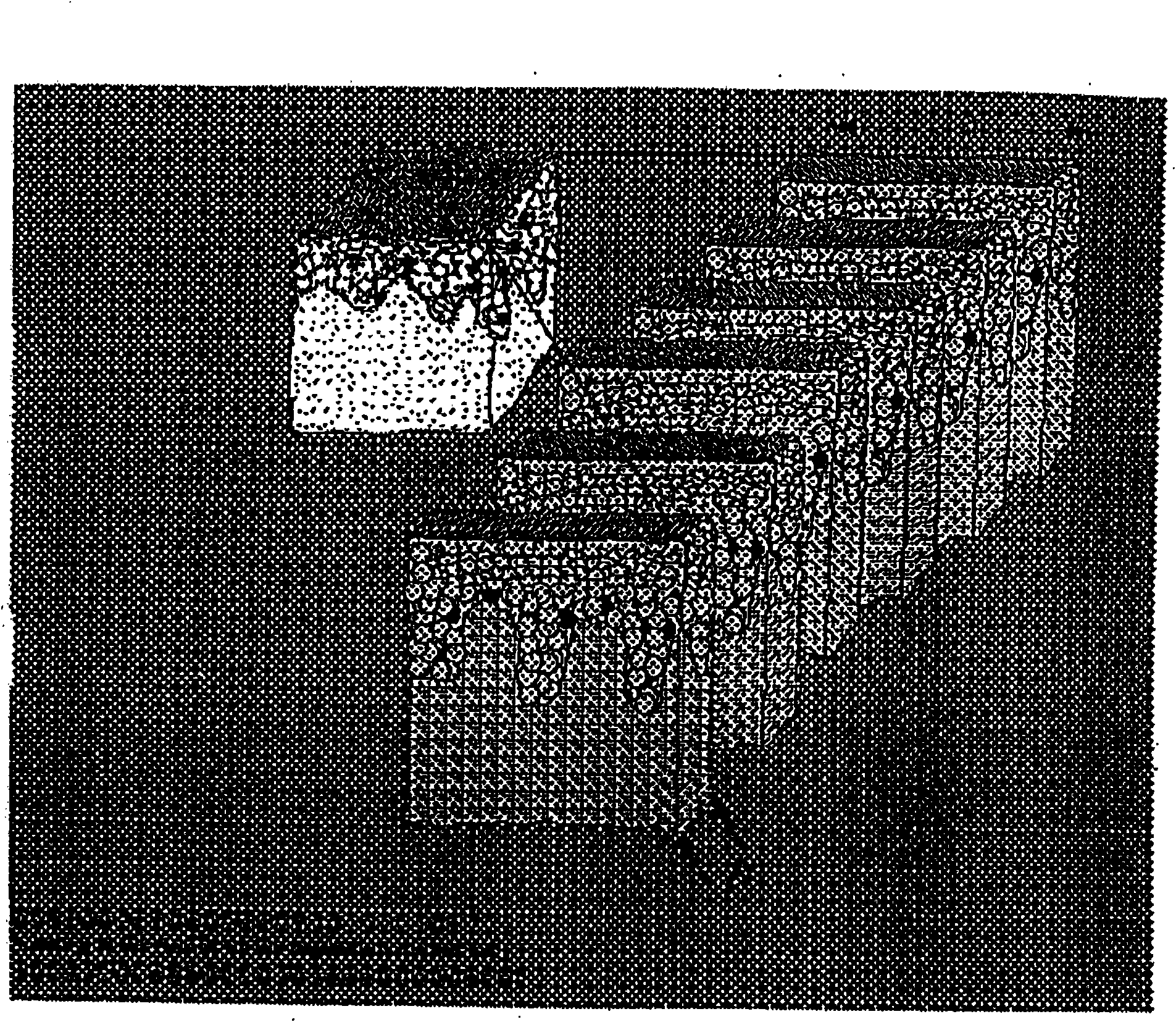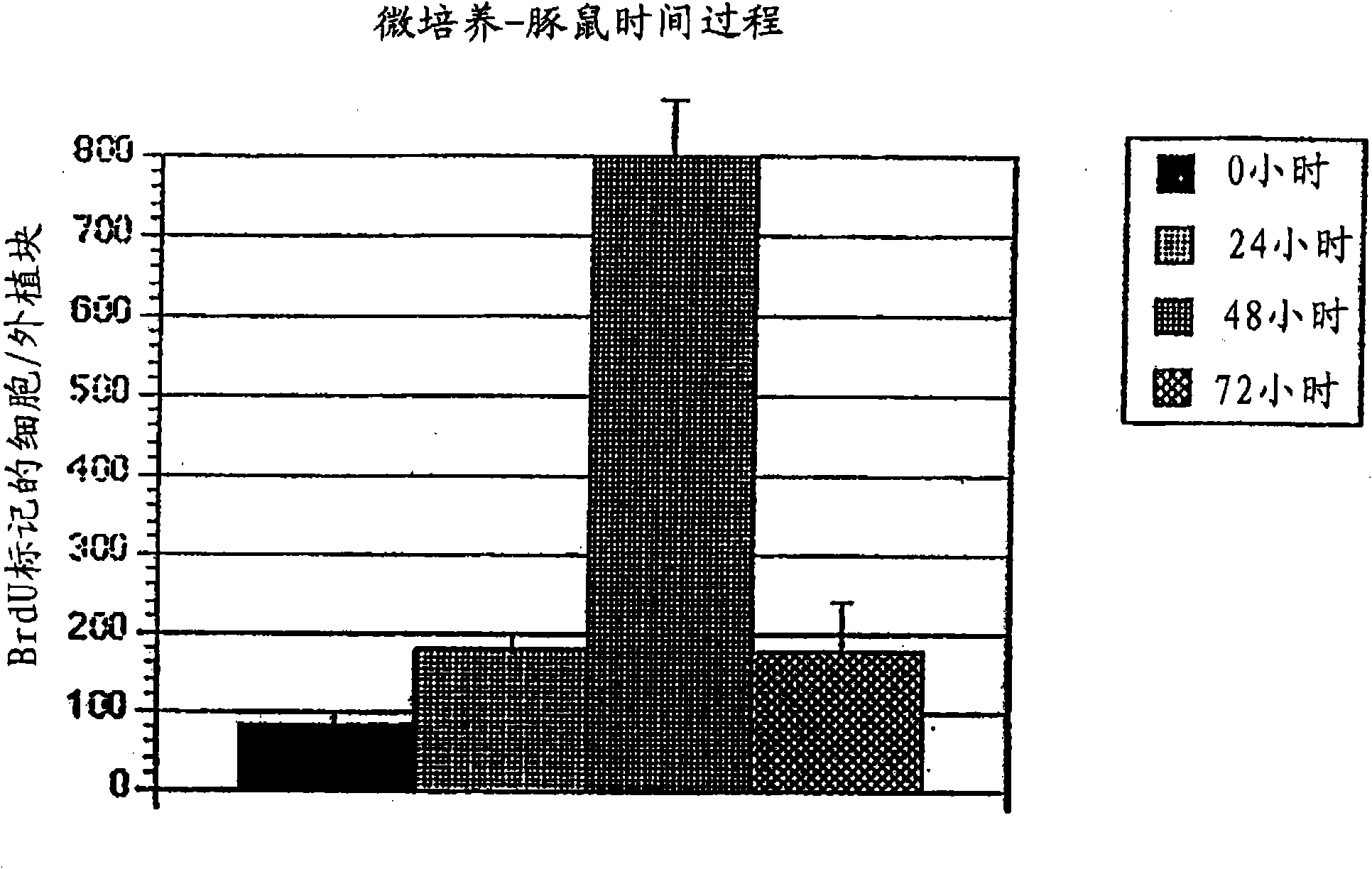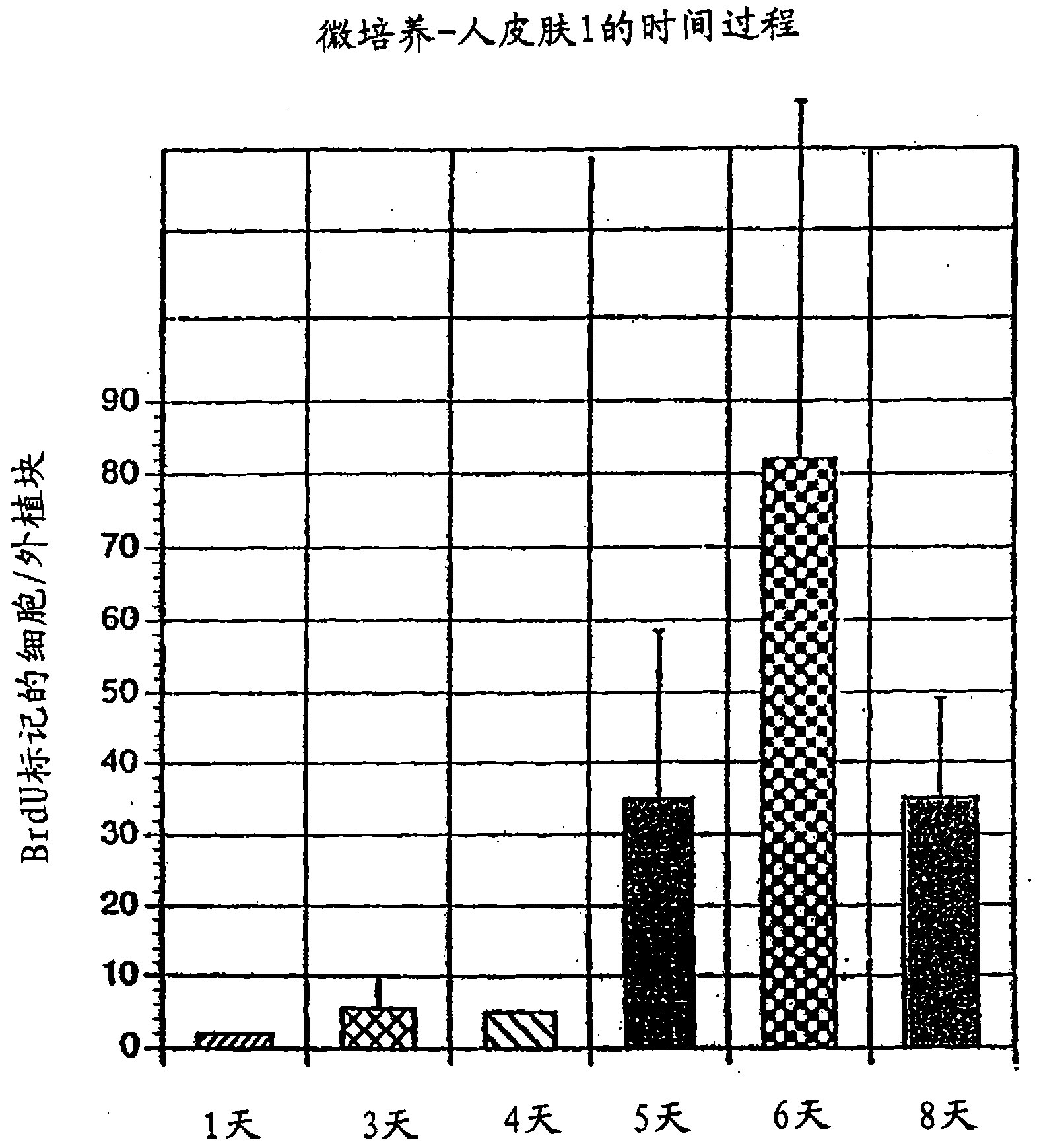In-vitro micro organ and related use thereof
A technology of micro-organs and organs, applied in the direction of using vectors to introduce foreign genetic material, cells modified by introducing foreign genetic material, recombinant DNA technology, etc., which can solve problems such as low shear stress
- Summary
- Abstract
- Description
- Claims
- Application Information
AI Technical Summary
Problems solved by technology
Method used
Image
Examples
Embodiment
[0212] The invention, now being progressively described, will be more readily understood by reference to the following examples, which are included solely for the purpose of illustrating certain aspects and embodiments of the invention, and are not intended to limit the invention.
[0213] Microorgan cultures from animals including human adult skin, mouse, guinea pig and rat skin have been isolated and grown in culture for up to 21 days. However, it is also within the scope of the invention that the culture be maintained for a period of time greater than 21 days.
[0214] In addition, it is within the scope of the invention to form micro-organ cultures from various animals. The range of animals is exemplary only, but not limited to the samples provided below.
[0215]As described in the appended examples, micro-organ cultures were prepared from skin and from organs including mammalian pancreas, liver, kidney, duodenum, esophagus and bladder. Similarly, micro-organ cultures f...
Embodiment I
[0218] Preparation of epidermal micro-organ cultures
[0219] Fresh skin was obtained after surgery, and the underlying fatty tissue was removed and cut into 0.4×5 cm flaps, and then cut transversely into 300 μm slices under sterile conditions using a tissue chopper or other suitable cutting tools, so that the final Tissue segments have a size of 4 mm in width and 0.3 mm in thickness (see figure 1 ). These micro-organs were placed in 24-well microplates in 400 μl DMEM without serum, 5% CO 2 , 37° C., with continuous shaking at 12 rpm for one to eight days. Twenty micro-explants were grown per well.
Embodiment 2
[0221] Determination of proliferation in mouse, guinea pig, and human epidermal micro-organ cultures
[0222] Micro-organ cultures were prepared according to Example I, and the amount of DNA synthesis was analyzed to determine cell proliferation as follows. Mouse skin and guinea pig skin were grown for two days and human skin for four days, after which BrdU was added to the medium at a final concentration of 100 μΜ for three hours, and cells were subsequently fixed in 4% formaldehyde. After fixation, cultures were stained with goat anti-BrdU antibody followed by anti-goat FICT-labeled IgG. Histological specimens were embedded in 4% formaldehyde in the following fixatives and sectioned at 3 μm and stained with methylene blue.
[0223] It was found that after two to four days of culture in vitro, the fraction of cells synthesizing DNA increased up to 10-fold compared to the value observed in vivo, after which the rate of DNA synthesis gradually increased but was maintained up t...
PUM
| Property | Measurement | Unit |
|---|---|---|
| diameter | aaaaa | aaaaa |
Abstract
Description
Claims
Application Information
 Login to View More
Login to View More - R&D
- Intellectual Property
- Life Sciences
- Materials
- Tech Scout
- Unparalleled Data Quality
- Higher Quality Content
- 60% Fewer Hallucinations
Browse by: Latest US Patents, China's latest patents, Technical Efficacy Thesaurus, Application Domain, Technology Topic, Popular Technical Reports.
© 2025 PatSnap. All rights reserved.Legal|Privacy policy|Modern Slavery Act Transparency Statement|Sitemap|About US| Contact US: help@patsnap.com



